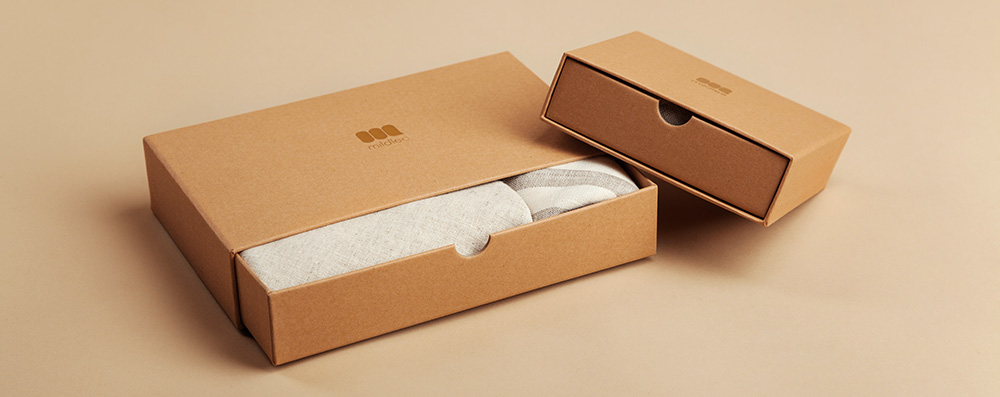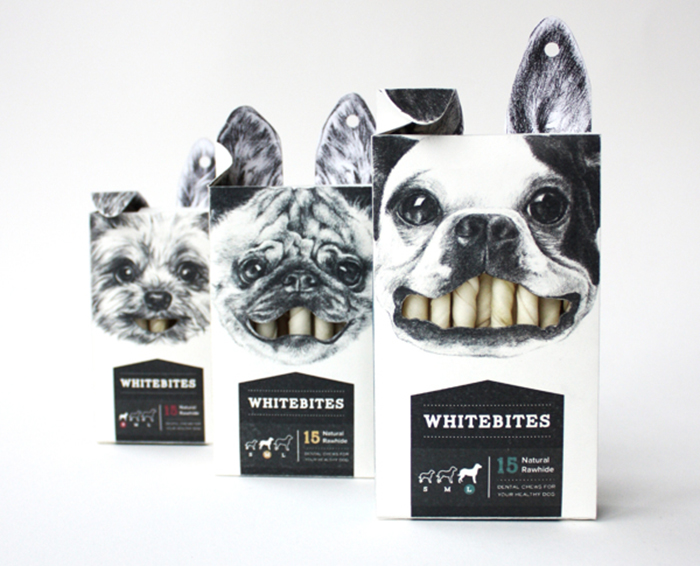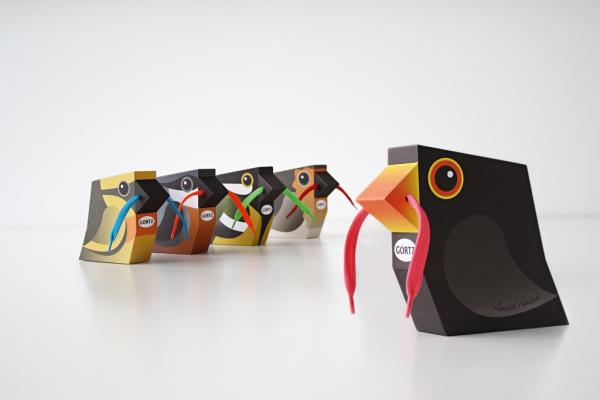The thing about first impressions? They’re often your brand’s last.
According to Forbes, a tenth of a second is all you have to convey important traits – like trustworthiness – about your brand. In the time it takes to blink, consumers have made snap judgments about your product, deciding whether it’s worth considering or forgetting. This means your product must snag the attention of your target audience before they’re even conscious of it.
So, how do you fight against snap-decision dismissal? It turns out that packaging can be your product’s left hook, with a study from ResearchGate reporting that more than 70% of purchase decisions are made in-store after checking out the product’s presentation.
Packing personality
An oft-overlooked blank canvas, packaging is the first interaction your brand has with a prospective purchaser, so it’s crucial to get it right. Think of packaging as an extension of your brand’s personality––a unique, tactile opportunity to communicate your story and relate to your audience on a human level.
Especially important when marketing to Gen Z, packaging has become increasingly more personalized. A famous example is the “Share a Coke” campaign from Coca-Cola: The iconic red logo was replaced with a wide range of names and monikers, such as “BFF” or “Friends,” earning the brand more than 500,000 user-generated social posts.
For luxury items, personalized packaging goes a long way for building brand loyalty. A study conducted by Shorr Packaging discovered that 44% of people who purchased a premium item valued more than $200 would purchase it again just because of the customized packaging.
Some other ways to completely personalize the unboxing experience include tissue paper, inserts and relevant promotional materials, all adding another layer of anticipation to the unboxing experience. These “small business” tactics humanize your brand, meeting consumer demands for authenticity.
Our unboxing obsession
It’s no surprise brands like Apple have capitalized on those precious few moments of undivided attention during unboxing. The brand has developed a cult following for its sleek, minimalistic packaging design that masterfully echoes the brand without so much as a word or label.
Unboxing itself has become its own art form, with thousands of videos gracing the internet showcasing a product’s first impression. A mind-boggling statistic found that on mobile devices alone, the amount of time people have spent watching unboxing videos “is the equivalent of watching the holiday classic ‘Love Actually’ more than 20 million times.”
The unboxing experience is perhaps more important in an e-commerce environment, with thousands of nondescript deliveries being made daily to our doorsteps. Outside of a retail environment, first impressions dramatically affect the product as a whole. An article from Forbes elaborates:
“It’s important to remember that the customer experience for e-commerce products includes the way the product lands in the consumer’s mailbox or on their doorstep. That first impression can make the product better and the brand more desirable, or it can create a negative perception that will tarnish both.”
From creative labels to delivery boxes, brands are making use of this exposure, finding innovative ways to showcase their products.
Innovative packaging design
Pardon the cliché, but packaging is the perfect outlet to “think outside the box”—literally. With an over-saturated market, brands are differentiating themselves with unique packaging designs meant to make the most of a consumer’s few seconds of attention.
The pet food brand Whitebites is separating itself from the pack with a toothy die-cut design, making the rawhide treats inside look a canine’s pearly whites. Görtz, a well-known footwear brand located in Germany, packaged its shoes in colorful, bird-shaped boxes with the shoelaces strung between the bird’s teeth, like a worm.
And these unique ideas can still be accomplished with standard packaging materials. A study from Ipsos found 83% of people agreed that paper and cardboard packaging can be innovative, and 75% felt that these materials allowed for creative packaging designs.
On top of that, as consumers become increasingly more conscious of sustainability efforts, the same study found that more than three quarters of people would be more likely to purchase a product packaged in paper or cardboard over other materials because they’re better for the environment. That’s good news for your brand: An article from Medium points out that cardboard packaging is now cheaper than plastic, creating a win-win for your marketing efforts.
The power of packaging
In short, your product’s packaging is an integral piece of the marketing mix. More than aesthetics, packaging creates a branded experience for your consumer, starting your customer relationship off on the right foot.
This tangible medium creates numerous intangible benefits for your brand, from user-generated social content to brand loyalty. Whether you’re a national company or local Kansas City business, don’t overlook the potential of custom packaging or labels.
Dan Woehrman is owner of Callender Printing, offering full-service printing capabilities – including letterpress, offset and digital – with union craftsmen quality. Share your thoughts on Facebook or on Twitter @CallenderPrint.




Recent Comments